These are all great investigations/rich problems with plenty of practice working with square numbers - a little more interesting than fifteen questions out of a textbook. If pupils have to learn facts, such as the squares to 15, I think it's better to embed them into something a little mathematically rich than just drill.
Five ideas for square numbers25/2/2016 Post 25/29 in the Staffrm #29daysofwriting challenge: Lesson ideas for exploring square numbers As we've got two squares in today's date, I thought I'd go for a square themed post. Also I've just realised that this year contains 25/04/16, and 25/09/16, both even better excuses for a lesson on square numbers.
These are all great investigations/rich problems with plenty of practice working with square numbers - a little more interesting than fifteen questions out of a textbook. If pupils have to learn facts, such as the squares to 15, I think it's better to embed them into something a little mathematically rich than just drill. Grid lines - a HCF and LCM investigation22/2/2016 Post 22/29 in the Staffrm #29daysofwriting challenge: An interesting way to investigate HCF and LCM For my remaining full week, I'm going to try and post one rich resource and discussion. I found a nice prompt yesterday in a pack of really old investigations, and thought I'd look into it in a little more detail today. I'd got this filed under HCF and LCM, and have no idea of the origin, but it looked pretty simple so I sat down with pen and paper to try and figure it out.
Discovering pi11/3/2015
Square differences28/1/2015
Happy numbers28/1/2015
|
Categories
All
Archives
August 2020
|
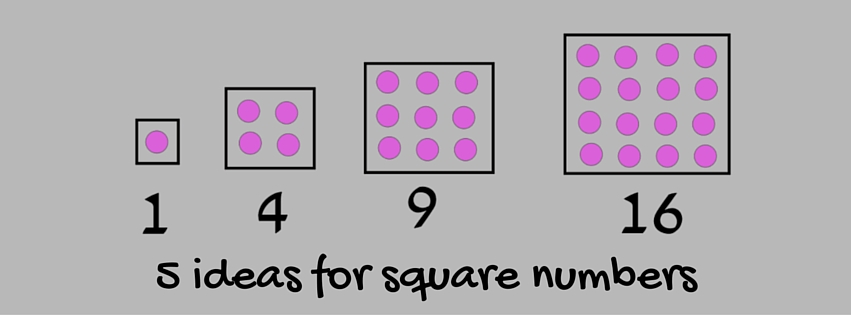
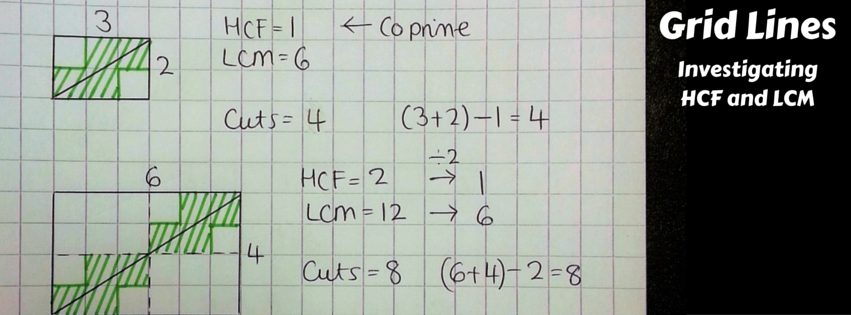
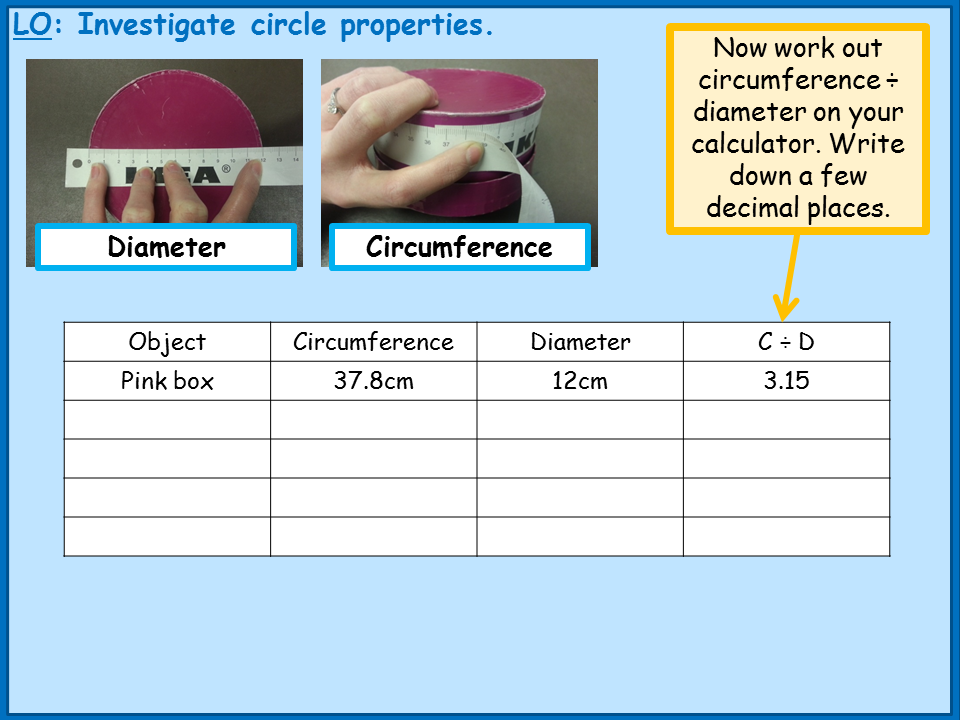
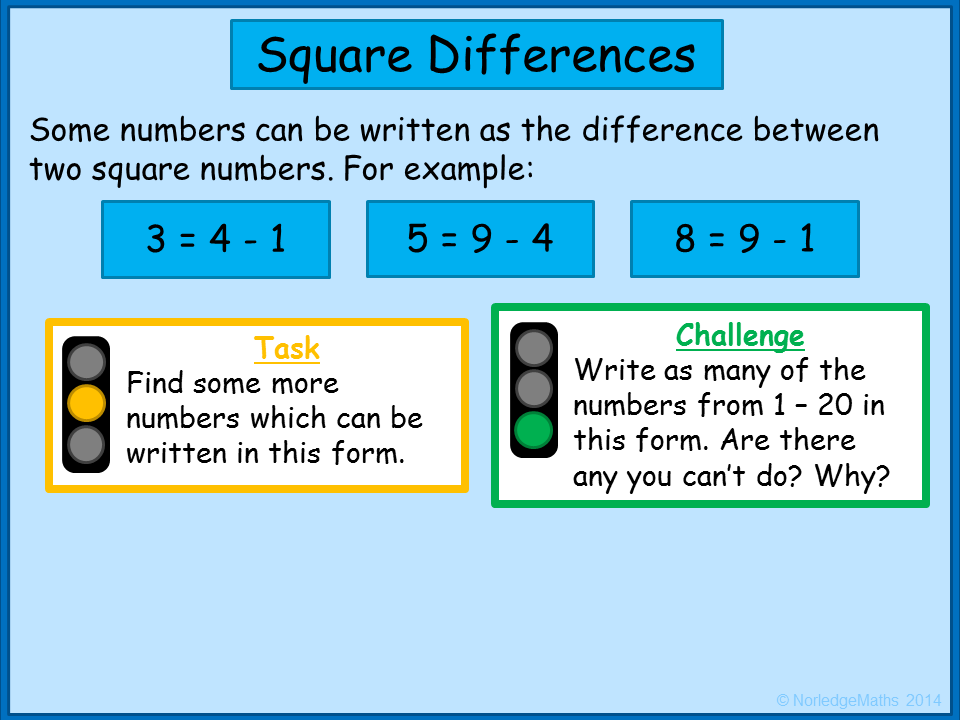
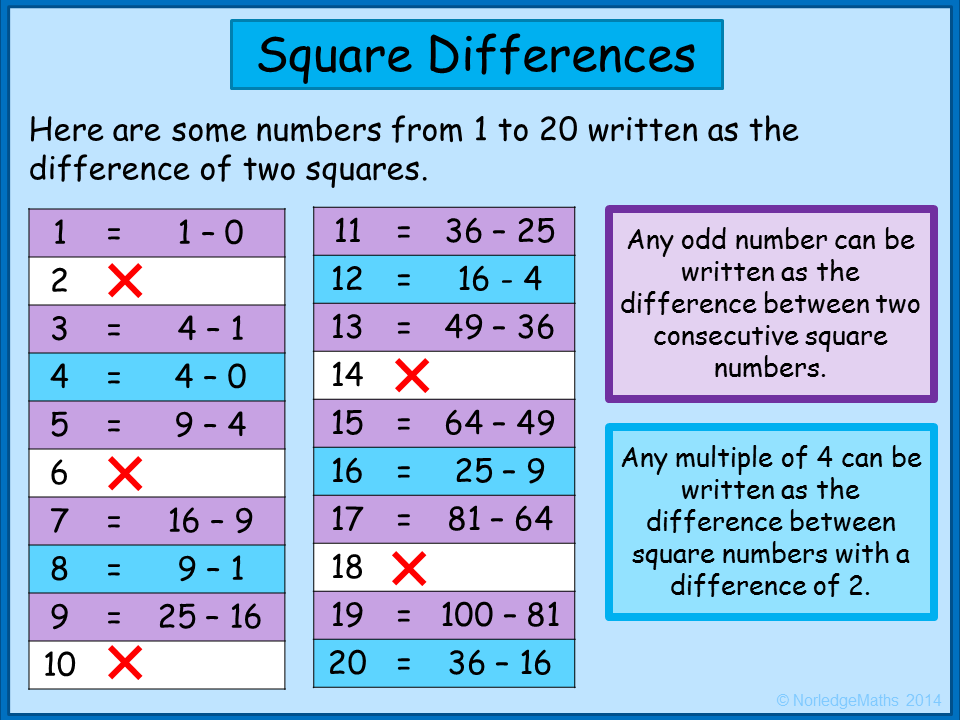
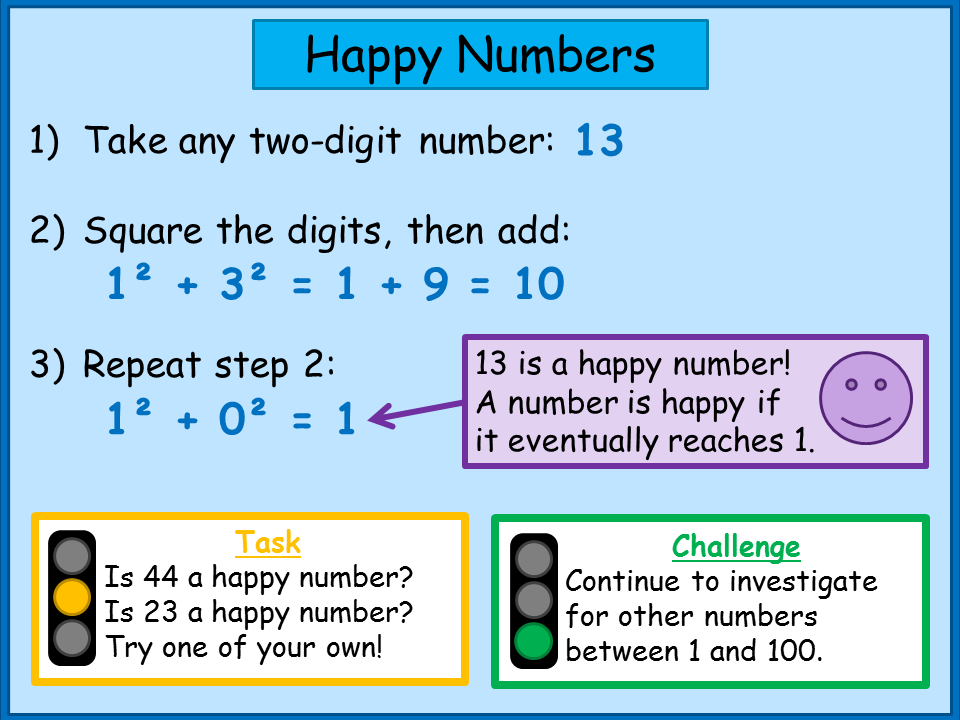

 RSS Feed
RSS Feed
